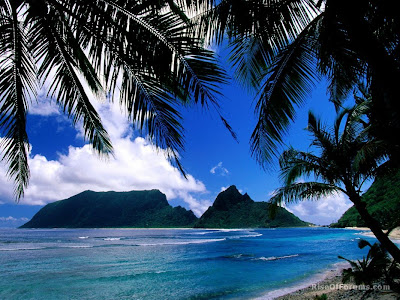



Djemila was constructed during the first century AD under the name of Cuicul. It began its existence as a military garrison, but the occupiers soon realized that the agriculturally rich landscape could be used to farm. Farming and agricultural products such as olives and cereal transformed Cuicul into a thriving market place. After the fall of the mighty Roman Empire, the town of Cuicul was slowly abandoned during the fifth century. Even thought the Muslims took over the region, they did not settle into the town. They merely renamed it to Djemila, meaning beautiful, and left the town to fade into memory and oblivion until excavation work started on it in the year 1909.
It is believed that during the third century there were approximately twenty thousand people occupying the city. The museum at the entrance of the ruins has a magnificent collection of artifacts, such as mosaics, marble statues, cooking utensils and items, oil lamps and other reminders of their lives. So many items were recovered from the site that it seems as if the museum can barely contain them. The ruins themselves are magnificent. A basilica and a baptistery were dated back to the fourth century and while the buildings contain the original mosaics, the dome has been restored. The eighteen roomed Europe House is built with a courtyard in its centre and the Great Baths have remained in surprisingly good condition, with double panels and pipes, where hot water once ran, being seen intermittently. Other constructions of interest and splendor include the triumphant arch, the theatre which is able to accommodate three thousand spectators, the temples and the third century altar.
Original Post: algeria



















